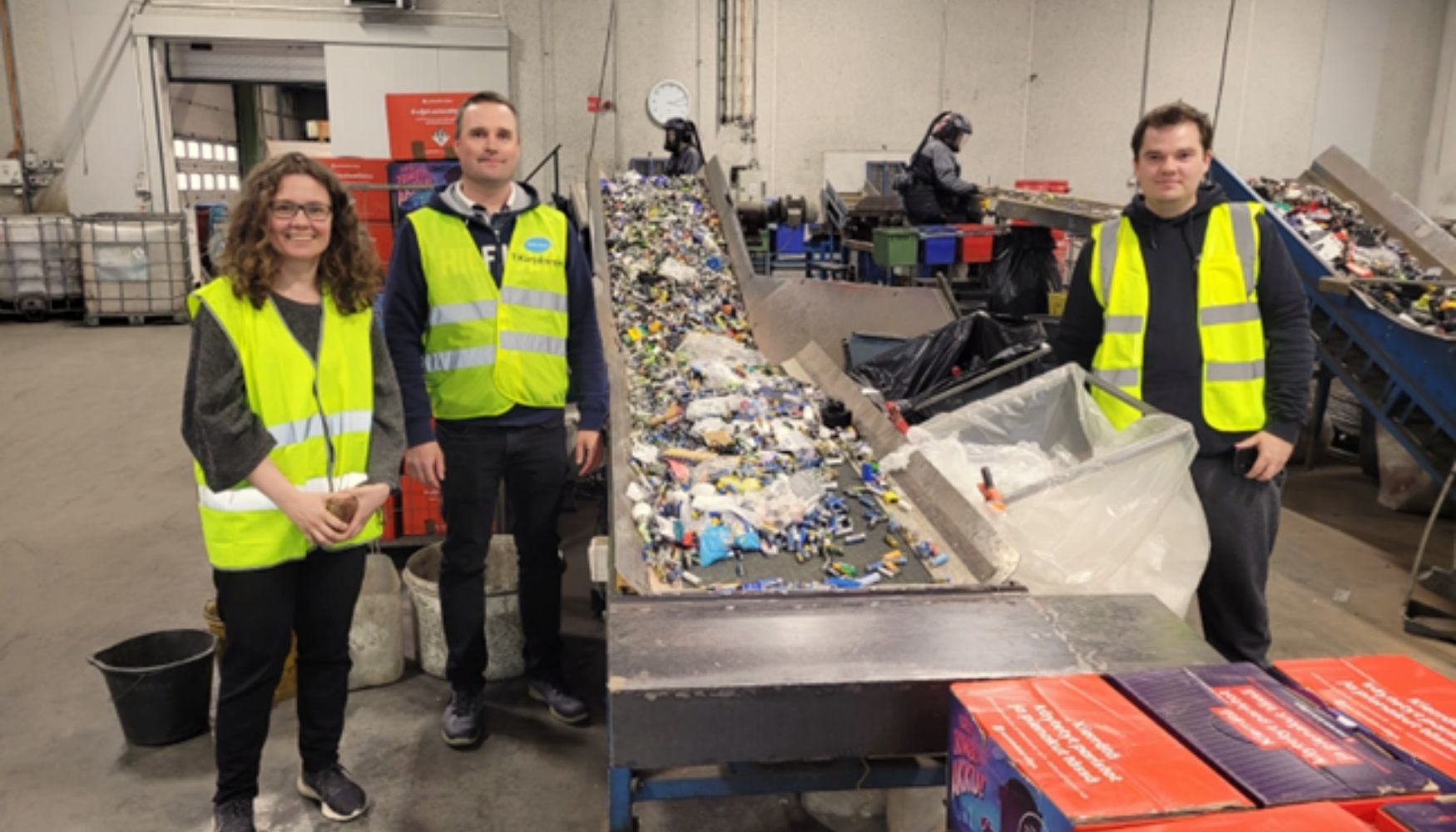The research for the UTULaser project concluded in December 2023, and its results are promising. The main objective of the project's research was to determine whether the use of machine vision methods could facilitate battery sorting in recycling centers. Currently, battery sorting is labor-intensive manual work, which slows down the process and may lead to sorting errors. Automation helps speed up the sorting process, frees workers for other tasks, and reduces the risk of batteries ending up in incorrect categories.

The research focused primarily on the potential of machine vision for battery sorting and proposed solutions for further processing. The study was conducted with two different imaging systems at Satakunta University of Applied Sciences' RoboAI laboratory. Images captured by these systems were analyzed using MVTec's Halcon software's Deep Learning feature, based on neural networks, and a Python program developed during the project that utilized the YOLO (You Only Look Once) object detection algorithm.
The batteries used for testing were selected from collection boxes of used batteries provided by Recser Oy. The research was funded by a grant from the Ulla Tuominen Foundation.
Despite the limited sample size and testing quantities in the UTULaser project, the results are promising. Approximately 85% of clean batteries were reliably identified, whereas identification rates for taped batteries varied between 50-70%, depending on the amount of tape.
It's important to note that machine vision systems improve with use. Misidentifications or unrecognized batteries are always possible, particularly if the batteries look very similar or are taped. Comprehensive training material is needed, including a large number of images of various battery types, which can be supplemented with images of unrecognized batteries. Unrecognized batteries are recommended to be manually processed. Additionally, the role of lighting and imaging setup is crucial for reliable identification.
When a battery has two positive identifications, it can either be identified based on the highest recognition rate or sent for further processing. In the project's research, the first option was chosen.
While it is difficult to make precise assessments of system efficiency without extensive field tests, theoretical calculations can be made. For instance, according to Recser Oy's statistics, Finns return about 89 million batteries annually. Identifying these batteries would require 5-10 parallel systems, all of which could use the same identification software. Thus, the cost of duplicating the system would only consist of the hardware and system construction.